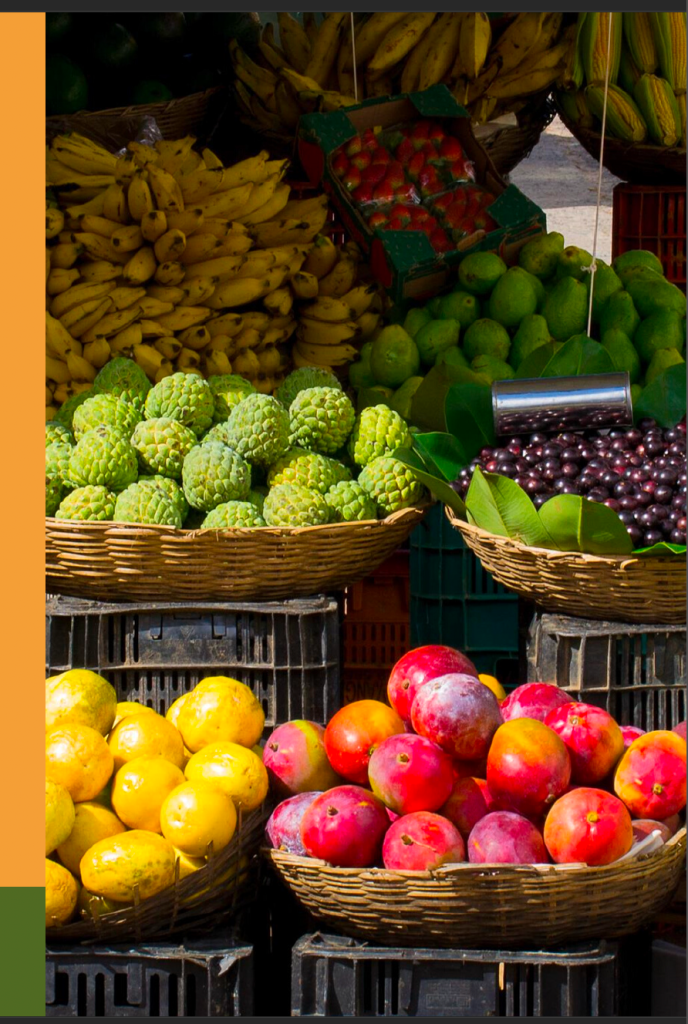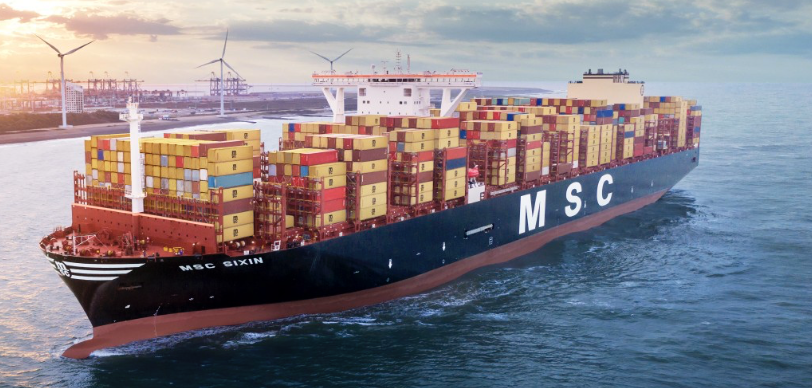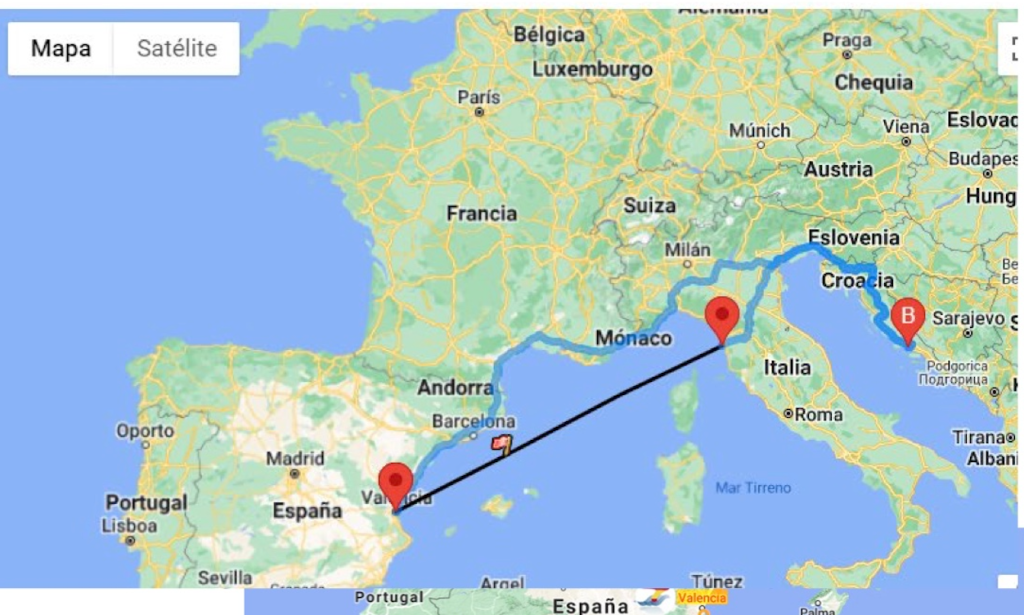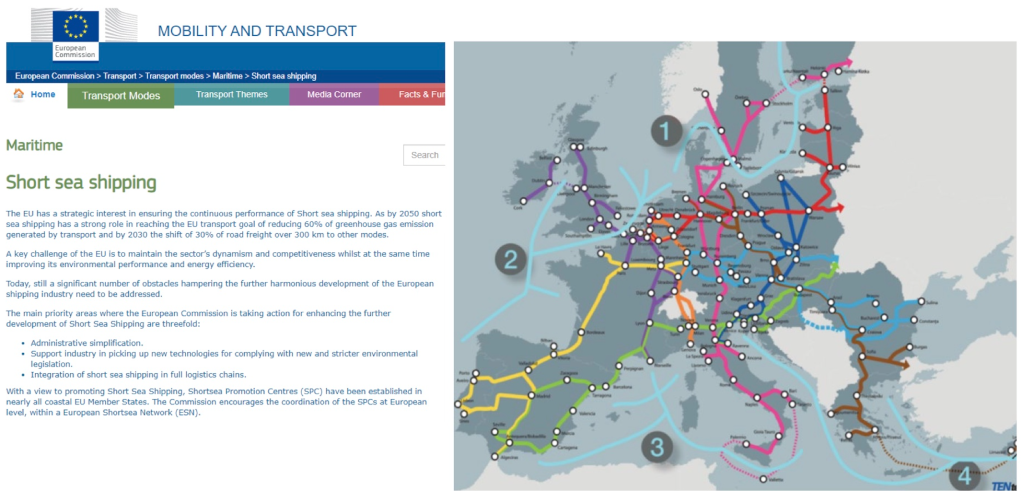In recent years, the logistics industry has seen a remarkable technological advancement that has the potential to revolutionize the transportation of goods: autonomous vehicles. With the rapid development of self-driving technology, autonomous vehicles are becoming a reality, and their impact on freight transportation is immense. In this article, we will explore the benefits, challenges, and exciting future of autonomous vehicles in freight transportation, using the real-life example of Waymo’s autonomous trucking program.
One of the primary advantages of autonomous vehicles in freight transportation is the potential for improved safety. Waymo, a leading company in autonomous vehicles, has conducted extensive testing of its self-driving trucks, and the results are promising. By eliminating human error, a major cause of accidents, autonomous vehicles can reduce the risk of collisions and enhance overall road safety. Waymo’s trucks utilize advanced sensors, cameras, and machine learning algorithms to continuously monitor their surroundings, quickly react to potential hazards, and make decisions based on real-time data.
The adoption of autonomous vehicles in freight transportation can yield substantial cost savings for logistics companies. Waymo’s autonomous trucking program has shown promising results in this area. By eliminating the need for human drivers, companies can allocate resources more efficiently. Additionally, the improved fuel efficiency and optimized routes help reduce fuel expenses, leading to significant savings in operational costs. While the initial investment in autonomous vehicles may be substantial, Waymo’s ongoing efforts indicate that the long-term cost benefits can outweigh these upfront costs.
The introduction of autonomous vehicles poses a potential impact on the human workforce, and addressing this challenge is crucial. Waymo’s approach provides valuable insights. The company recognizes the need for reskilling and upskilling of truck drivers and has actively engaged in training programs to facilitate their transition to new roles within the autonomous trucking ecosystem. By leveraging their expertise in managing and overseeing autonomous vehicle operations, these professionals can play a vital role in ensuring the safe and efficient operation of Waymo’s autonomous trucks.
Autonomous vehicles, exemplified by Waymo’s autonomous trucking program, hold immense potential to transform freight transportation by enhancing safety, increasing efficiency, and enabling significant cost savings.









